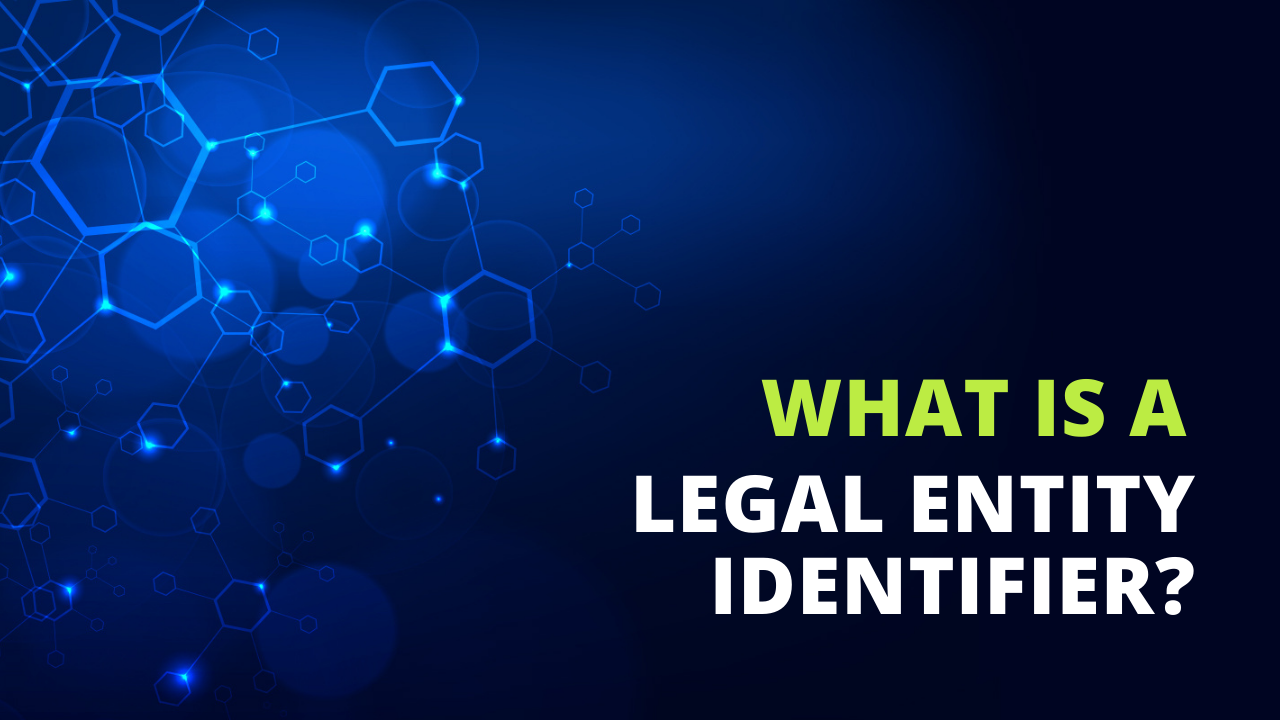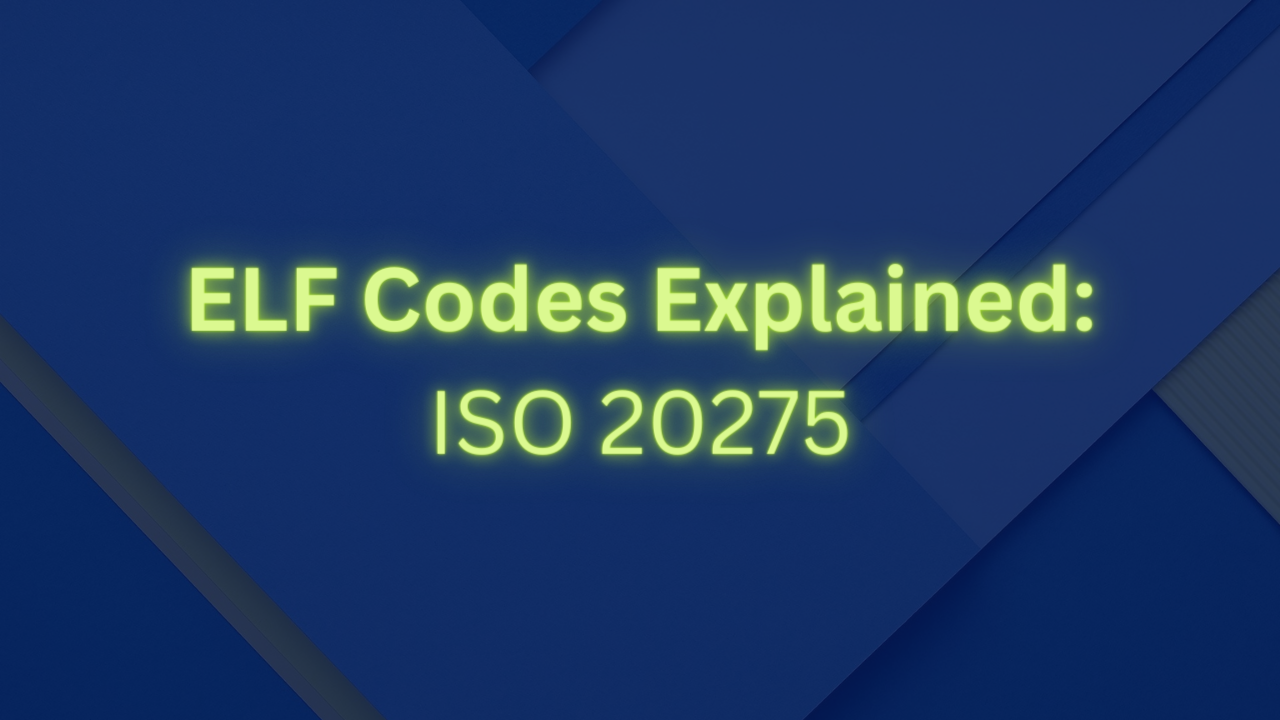
ISIN to lei mapping
Both the LEI (Legal Entity Identifier) and ISIN (International Securities Identification Number) are identifiers, both are ISO Standarda and both have governing bodies in GLEIF (Global Legal Entity Identifier Foundation) and ANNA (The Association of National Numberin Agencies) whose members are responsible for assigning their respective codes. The ISIN identifies financial instruments such as equity, debt, derivatives and indices. The LEI is a unique code identifying a legal entity, and this legal entities LEI can be paired with a corresponding ISIN. The LEI also sheds light on organisational structures which may be linked to financial instruments.
In 2018 GLEIF and ANNA signed a new initiative which links ISINs to LEIs in order to make transparent the links between issuer and issuance of securities.
This new initiative maps new and legacy ISINs to their corresponding LEIs. This mapping of both identifiers allows firms to aggregate the data that is needed to provide a full view of their exposure to a given issuer and its related entities.
“While the linking of ISINs and LEIs has been mandated by some regulations, we see this new initiative as beneficial to the entire global market, as it is the first big step in having the tools available for aggregation of the data necessary to assist with risk and exposure management.”
Stephan Wolf, GLEIF CEO
One of the challenges however, is mapping these two identifiers together in a reliable way. LEI to ISIN mappings are made available by the GLEIF and ANNA, but also by ESMA (European Securities Markets Authority). Most of the mappings in both sources are similar, but small differences can lead to large inconsistencies. For example, the investment portfolio of a large investment bank, insurance company or pension fund, all of whom need absolute data consistency.
GLEIF have released a certification of LEI mapping service which ensures that organisations mapping LEIs to their own identifiers are using the recommended formulas. You can view the GLEIF factsheet here: Download GLEIF ISIN LEI Factsheet
We spoke to Johan Hol, founder of ISIN2LEI who stated:
"ISIN to LEI mapping is mainly associated with regulatory reporting. We started mapping ourselves based on issuer and counterparty names. We highly support the open data initiatives, like the ISIN-to-LEI relationship file provided by GLEIF and ANNA, to make these mappings available to the public so they can be used by every organization in exactly the same way.
The process of mapping ISINs to LEIs doesnt cover all financial instruments. That is why Johan includes attributes like NACE and CIC to LEIs. This provides 60-70% coverage, and 100% can be achieved via search and mapping algorithms, so 100% mapping coverage can be achieved.
Ultimately, in the future banks, regulators and financial institutions will be able to use the LEI as the overarching identifier that links all other identifiers, however gaps exist as there are only 2 million LEIs in existence. For now mapping LEIs to existing identifiers enhances the transparency of all entities, and almost 10 million ISINs have been linked to 64,000 LEI codes. As the LEI becomes more prevalent, managing ones LEI portfolio will also become critical, as the LEI data requires upkeeping and renewal.
ISIN LEI mapping is not restricted to these two identifiers, since 2018 GLEIF have also been mapping BIC (SWIFT) codes to LEIs in a similar process known as BIC to LEI mapping. Soon this will also be able to be mapped against the vLEI, which provides signing authority rights to users linked with an LEI code.
GLEIF and SWIFT have developed a model that will allow organisations to clearly identify themselves not only with the Bank Identifier Code, but also a Legal Entity Identifier Code ensuring an extra layer of identity security and interoperability/recognition across identity platforms.
Currently having an LEI is a mandatory prerequisite for any entity seeking to apply for a SWIFT code. If you require an LEI you can read our guide to LEI registration here.
If your organisation currently has an ISIN but would like to see if an LEI is available to be matched, please get in touch with us at [email protected] and we will be able to provide you with an LEI and put you in touch with the right person to link the ISIN and LEI together.
With millions of companies in the world, and hundreds of identifiers, there are two primary identifiers used in financial services currently, The LEI and the ISIN. Together they form a powerful recipe for transparency with regards top financial instruments, who owns them and who the beneficiary entity is. You ca read about a real world example of how the LEI can be used in a practical sense in our recent blog about Inventing Anna. Both identifiers are made up of alphanumeric digits and are ISO Standards, however the difference lies in their uses, however they can be combined to illustrate a clearer picture of financial assets. This benefits regulators and increases available data for data analysis on financial markets.
Daily ISIN to LEI files are made available on the GLEIF website and up to date new ISINs issued by early mover National Numbering Authorities.
Daniel Kuhnel stated; “We are constantly looking at ways to promote standardisation and bring about harmony in the financial industry, and are delighted to work together with GLEIF to link two important ISO standards together. We look forward to working with the Na
tional Numbering Agencies to help move this initiative forward into the implementation stage.”
This collaboration has been widely successful, however not all ISINs are matched with LEIs, and there is a slight discrepancy in mathcing as the number of LEIs globally still remains relatively low at approximately 2 million, while the number of ISINs is 30 times greater than that.
LEI Worldwide can provide mapping services where the ISIN-LEI coverage is not complete, or needs to be checked. We use open data as a primary source to corroborate entities with data. Instruments not making a clean ISIN-LEI match can be sourced using mapping algorithms, against other identifiers like NACE, CIC, and alternative identifiers.
However it has long been agreed, that the full benefit og the LEI system will be realised once the LEi coverage is roughly 20 million, and ultimately all legal entities globall will have an LEI.
The Legal Entity Identifier (LEI) is the globally standardised code that harnesses the collective power and fills the gaps left by other identifiers that are used across various industries, jurisdictions and types of legal entities. The issue with having multiple identifiers is such that there can be no single, standardised database of all legal entities using a common identifier.
The LEI can be visualised as a overarching, universal identifier common to all legal entities, while other identifiers, still useful in their own rights are used for more narrow and specific reasons. There are currently over 40 million ISIN codes in existence, and just over 2 million LEIs. As the LEI becomes more prominent and widely used this gap will lessen. Many legal entities will end up having multiple identifiers such as the ISIN, BIC and an LEI. The process of pairing LEIs with their corresponding ISINs, is called ISIN to LEI mapping. LEI mapping is commonly used by banks, researchers and data specialists to convert a list of LEIs into a list of corresponding ISINs to increase coverage of their internal entity data.
GLEIF, GLEIS and the LEI (Legal Entity Identifier)

What is an LEI?

LEIConsolidate - Bulk Transfer LEIs

LEI Costs & Prices

LEI Codes vs ELF Codes

The LEI and the Compliance Value Chain
